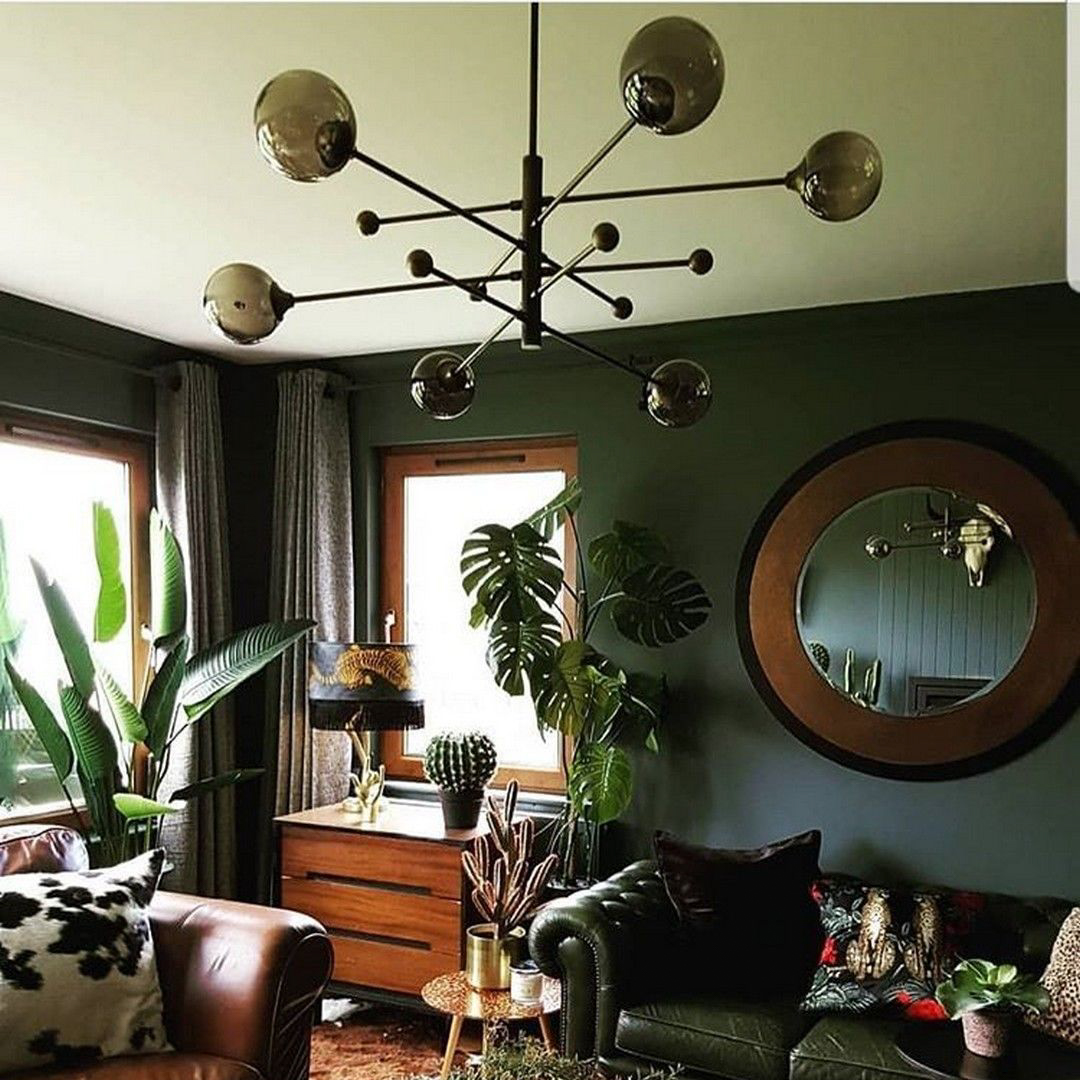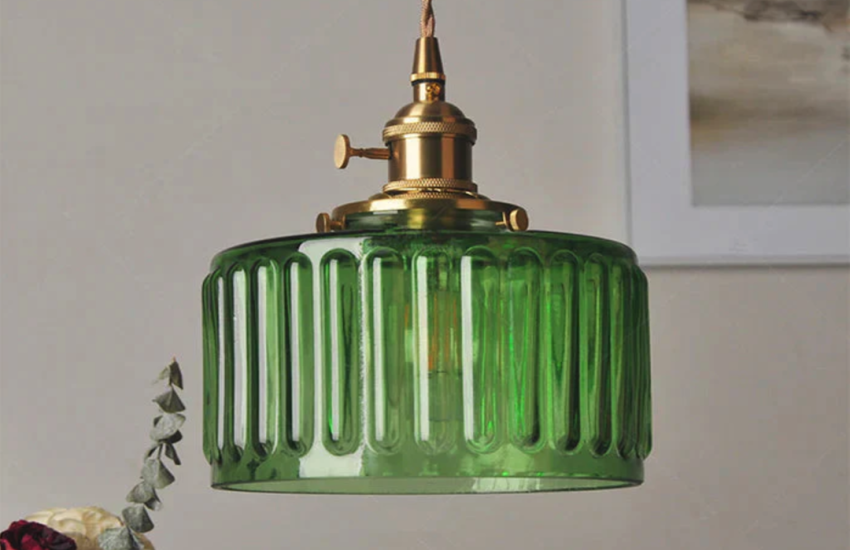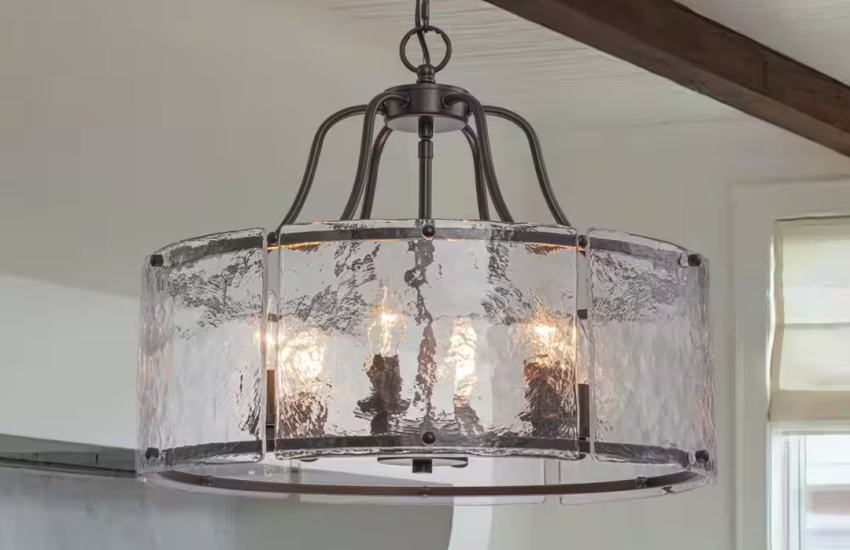
Introduction
Lighting is an essential element in interior design, not only providing illumination but also enhancing the ambiance of a space. In recent years, raindrop lighting has become a popular choice among homeowners and interior designers. Raindrop lighting adds a unique touch of elegance to any room, making it stand out from other lighting options. In this article, we will delve into what raindrop lighting is, its benefits, and how it can be used to create a stunning lighting design.
What is Raindrop Lighting?
Raindrop lighting is a type of pendant light that features long, narrow glass droplets that resemble raindrops. These drops hang from a rectangular or circular base and are illuminated from within by small LED lights. The droplets are typically made of high-quality glass materials, making the light refract in a unique way, creating eye-catching patterns that are both modern and elegant.
The Benefits of Raindrop Lighting
Raindrop lighting offers several benefits, including:
- Stylish design: The unique design of raindrop lighting offers a modern, elegant look that transforms any room.
- Customizable: Raindrop lighting can be customized to fit any space, creating a one-of-a-kind lighting installation.
- Energy-efficient: LED lights used in raindrop lighting are energy-efficient, resulting in lower energy bills.
- Long-lasting: LED lights have a long lifespan, reducing the need for frequent bulb replacements.
- Dimmable: Raindrop lighting is often dimmable, allowing you to adjust the brightness of the lights to fit your needs.
How Raindrop Lighting Works
Raindrop lighting uses LED lights, which are small and emit little heat. The LED lights are placed inside each glass droplet, illuminating it from within. The droplets are suspended at different heights from the base, creating a cascade of light that refracts off the glass and onto the surrounding space. The light can be adjusted to give different colors, patterns, and levels of intensity, creating a unique lighting design that complements any decor style.
Using Raindrop Lighting in Interior Design
Raindrop lighting can be used in a variety of ways to enhance the aesthetic of any space. Here are some tips for using raindrop lighting in interior design:
Placement
Raindrop lighting can be used in a variety of places, such as living rooms, dining rooms, and bedrooms. It can be placed over dining tables, kitchen islands, or coffee tables to create a focal point in a room. It can also be used in hallways or stairwells to create a dramatic effect as people move through the space.
Size and Scale
When choosing raindrop lighting for a room, it’s important to consider the size and scale of the space. Large raindrop lighting typically works well in larger rooms or spaces with high ceilings, while smaller raindrop lighting can be used in smaller rooms or areas with low ceilings. The scale of the raindrop lighting in relation to other elements in the room, such as furniture or decor, should also be taken into account.
Color and Finish
Raindrop lighting can be customized with different colors and finishes to fit your design preferences. Clear glass droplets provide a clean, modern look, while frosted or colored glass creates a softer, more ambient feel. The finish of the base, such as brushed nickel or black matte, can also impact the overall look and feel of the lighting.
Combining Raindrop Lighting with Other Lighting Options
Raindrop lighting can be used as the primary lighting source in a room or combined with other lighting options, such as floor lamps or recessed lighting. Using multiple lighting sources in a room can create depth and dimension, highlighting different areas of the space while providing both ambient and task lighting.

